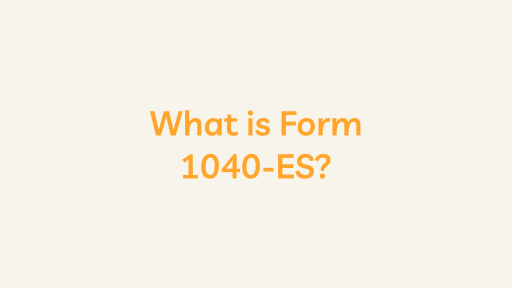What is Self-Employment Tax?
Self-Employment Tax is a tax that individuals who work for themselves are required to pay to fund Social Security and Medicare. Unlike employees who have these taxes withheld from their paychecks, self-employed individuals are responsible for both the employer and employee portions of these taxes. The government sets the tax rate and applies it to net earnings from self-employment.
Here are key points about Self-Employment Tax:
- Social Security and Medicare Taxes:
- Self-employment tax covers both Social Security and Medicare taxes. Social Security taxes fund retirement, disability, and survivor benefits, while Medicare taxes fund the healthcare program for those 65 and older.
- Calculation
- The self-employment tax is calculated based on the net earnings of self-employed individuals. Net earnings are generally the total income from self-employment minus allowable business deductions.
- Tax Rate:
- As far as I know, the cutoff date is January 2022, and the self-employment tax rate is 15.3%. This rate consists of 12.4% for Social Security (up to a certain income limit) and 2.9% for Medicare. An Additional Medicare Tax of 0.9% for earnings above a certain threshold exists.
- Social Security Income Limit:
- The Social Security portion of the self-employment tax applies only to a certain income limit. Beyond this limit, only the Medicare portion continues to apply.
- Net Earnings Threshold:
- Self-employment tax applies if a person’s net earnings from self-employment are $400 or more in a tax year. If a person’s net earnings are below this threshold, they are generally not required to pay the tax
- Quarterly Estimated Tax Payments:
- Self-employed individuals are often required to make quarterly estimated tax payments to cover their income tax and self-employment tax liabilities. Failure to do so may result in penalties.
- Self-Employed Individuals Covered:
- Self-Employment Tax applies to many self-employed individuals, including freelancers, independent contractors, sole proprietors, and partnership partners.
- Tax Deductions:
- Self-employed individuals may be eligible for certain tax deductions related to their business expenses, which can help reduce their net earnings subject to the tax.
- Use of Form Schedule SE:
- To calculate and report the tax, individuals typically use Form Schedule SE, which is filed with their individual income tax return (Form 1040).
- Impact on Social Security Benefits:
- Payment of self-employment tax contributes to the individual’s eligibility for Social Security benefits, including retirement benefits. The individual’s total contributions influence the amount of Social Security benefits received in the future.
Conclusion
It’s important for self-employed individuals to be aware of their self-employment tax obligations, make accurate calculations, and fulfill their tax payment responsibilities to avoid penalties and ensure compliance with tax regulations. Consulting with a tax professional can provide personalized guidance based on the individual’s specific circumstances.





